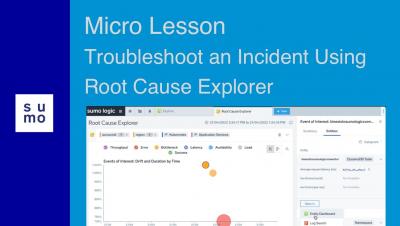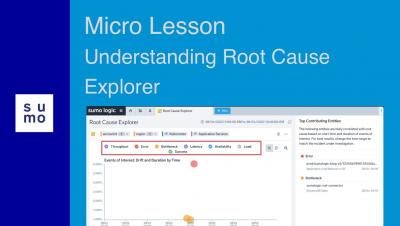Smart, Secure and Sustainable Manufacturing - How Splunk and Google Cloud Are Helping Manufacturers to Skate Where the Puck is Going
* Co-author: Alexander Okl, Sr. Partner Development Manager EMEA | Google Cloud at Splunk “The way we look at manufacturing is this: the strategy should be to skate where the puck is going, not where it is.” - Tim Cook, CEO, Apple Inc.* So where is the puck going for manufacturers in 2022 and beyond?











